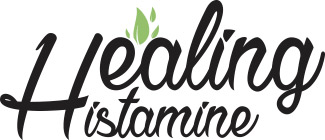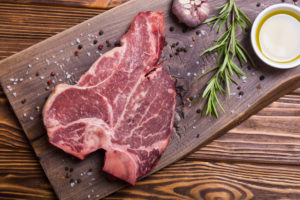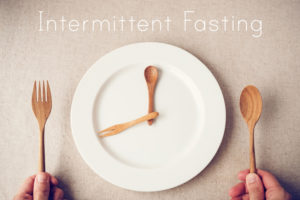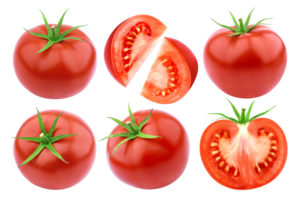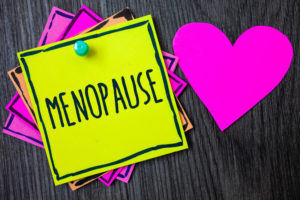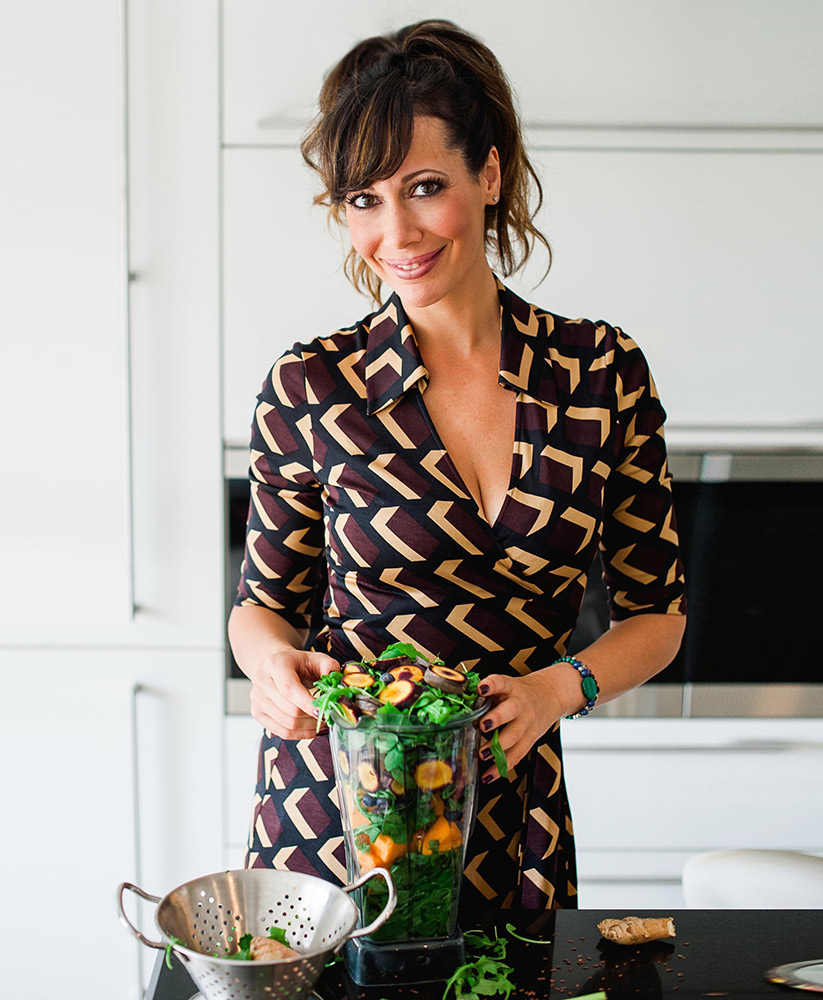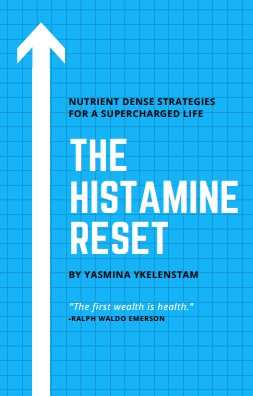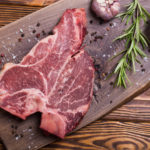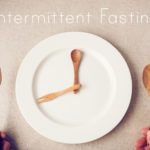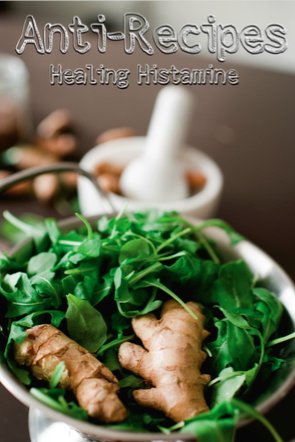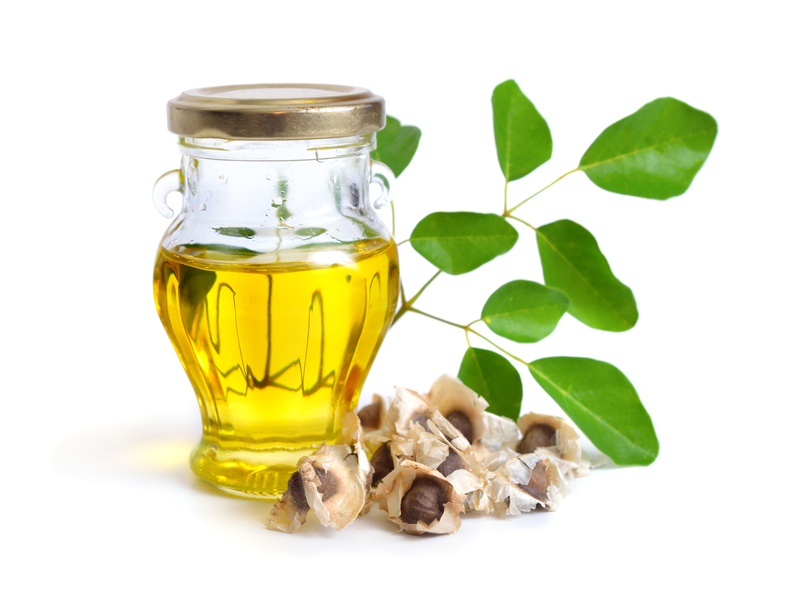
There’s nothing like a hot cup of tea to warm the body and soothe the soul. And according to the late English actor, Arthur Wing Pinero, “Where there’s tea, there’s hope.” While the following are technically tisanes (herbal infusions) and not teas in the strictest sense of the word (Camellia sinensis), these hot beverages are tasty, good for the senses and soul.
MORINGA TEA
Moringa has been shown to inhibit 72% of all histamines released, making it almost as effective as the antihistamine eye medication, Ketotifen. Moringa is also high in the bioflavonoid Kaempferol, which has been shown in studies to prevent histamine release from mast cells.
Moringa tea often comes in the form of a powder from the ground leaves. It pairs well with green tea, lemongrass, lemon zest, and coconut milk. You can even make a Moringa Latte:
INGREDIENTS
- 1 Tbsp Moringa tea powder
- 8-10 ounces dairy-free milk
- Sweetener to taste
INSTRUCTIONS
- Heat milk on the stove using a small saucepan.
- Heat to just steaming without boiling.
- Remove from heat and add Moringa powder.
- Whisk or use a milk frother until combined.
- Sweeten to taste and enjoy.
TULSI (HOLY BASIL) TEA
Tulsi is one of my very favorite teas for histamine balancing. As I’ve mentioned in previous posts, tulsi has antihistamine effects that are comparable to the antihistamine drug, Ranitidine (trade name Zantac).
Tulsi tea is delicious on its own, but there are actually a number of tulsi-based blends of teas out there, like tulsi with green tea, tulsi with rose petal, lemon-ginger tulsi, peppermint tulsi, and even tulsi chai. So, if you’re not crazy about the plain tulsi flavor –or just want to mix it up once in a while — there are plenty of options out there. For one of my recipes involving tulsi, ginger, and nigella sativa, see this post.
And if you want more details on all the benefits of tulsi, check out my post, Holy Basil! Anti-Inflammatory And Anti-Histamine Superstar.
 OLIVE LEAF TEA
OLIVE LEAF TEA
The olive leaf has long been associated with peace, and it just may make life more peaceful for you in your histamine balancing journey. Olive leaf tea has been shown to exhibit “significant mast cell stabilizing activity”.
Olive leaf tea is mellow and pleasant to drink and can be thought of as a caffeine-free alternative to green tea. It is delicious with a slice of lemon, blended with green tea, or sweetened with stevia and topped off with a splash of dairy-free milk, like unsweetened almond milk or coconut milk.
GINGER TEA
Ginger is a well-known mast cell stabilizer. It is often used as an H2 histamine blocker for indigestion and excess stomach acid, so it is very soothing to the stomach. It is also anti-inflammatory and just plain delicious.
Ginger tea is delicious with the juice of quarter to half a lemon, sweetened with honey or your choice of natural sweetener, and combined with other soothing herbs like chamomile.
For ginger tea using the fresh ginger root, rather than ginger tea bags, try the following recipe:
INGREDIENTS
- 1-3 tsp freshly grated ginger root
- 1 cup boiling water
INSTRUCTIONS
- Place the grated ginger into a glass measure cup.
- Fill to the 1 cup line with boiling water.
- Steep 10 minutes.
- Strain into a mug, sweeten to taste and enjoy.
PARSLEY TEA
Parsley has both anti-inflammatory and antihistaminic properties. Studies show it inhibits histamine release from mast cells. Parsley also contains apigenin, a bioflavonoid that has been shown to prevent histamine release from basophil white blood cells.
Parsley tea is easy to make with either the fresh leaf or the dried herb:
INGREDIENTS
- 30 grams of parsley leaves (fresh or dried)
- 4 cups of water
INSTRUCTIONS
- Remove fresh parsley leaves from the stems and measure out 30 grams. (Or measure out dried).
- Bring the water to a boil in a deep saucepan.
- Add the parsley leaves to the water for about 1 minute before taking the pan off the heat.
- Steep for approximately 10 minutes.
- Strain into a cup and add honey or lemon to taste, if desired.
NEED MORE BEVERAGE IDEAS?
Check out my E-Cookbook, The Anti-Detox, where you’ll find two juices/smoothies per day made with very high nutrient antihistamine and anti-inflammatory ingredients. This book is not a cleanse; you can simply work these recipes into your existing diet. (Vegan, Gluten Free, Dairy & Nut Free)
Or even better, to do a complete reset with recipes and lifestyle strategies to balance histamine levels and get your body on the path to healing, I highly recommend my comprehensive 28-Day Histamine Reset.
———REFERENCES———
Agrawal, M., Agrawal, A., and Agrawal, B. (2008). “Investigation into the mechanism of action of Moringa oleifera for its anti-asthmatic activity.” Oriental Pharmacy and Experimental Medicine, 8(1), 24-31. Retrieved from: http://www.moringanews.org/documents/asthma.pdf
Byun, Dae-Seok. (2009). “Kaempferol Isolated from Nelumbo Nucifera Stamens Negatively Regulates FcεRI Expression in Human Basophilic KU812F Cells.” Journal of Microbiology and Biotechnology, 19(2), 155-60.
Chen, Bing-Hung, et al. (2009). “Antiallergic potential on RBL-2H3 cells of some phenolic constituents of Zingiber Officinale (Ginger).” Journal of Natural Products 72(5), 950-953. Retrieved from: https://pubs.acs.org/doi/abs/10.1021/np800555y
Chandak, R. Devdhe, S., and Changediya, V. (2009). “Evaluation of anti-histaminic activity of aqueous extract of ripe olives of olea-europea.” Journal of Pharmacy Research, 2(3), 416-420.
Retrieved from: http://jprsolutions.info/files/final-file-5691ddee522e91.46302541.pdf
Matsuda, H., Morikawa, T., Managi, H., Yoshikawa, M. (2003). “Antiallergic principles from Alpinia galanga: structural requirements of phenylpropanoids for inhibition of degranulation and release of TNF-alpha and IL-4 in RBL-2H3 cells.” Bioorganic & Medicinal Chemistry Letters, 13(19), 3197–3202. https://www.ncbi.nlm.nih.gov/pubmed/12951092
Middleton, E., et al. (1984). “Flavonoid inhibition of human basophil histamine release stimulated by various agents.” Biochemical Pharmacology, 33(21), 3333-8. Retrieved from https://www.ncbi.nlm.nih.gov/m/pubmed/6208910/
